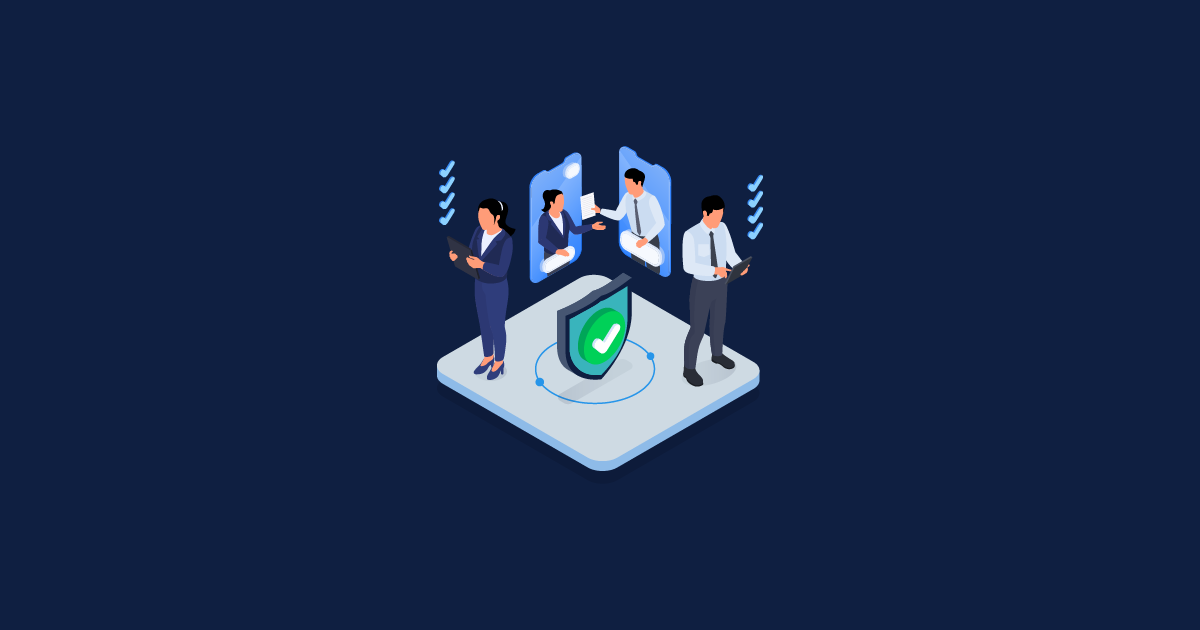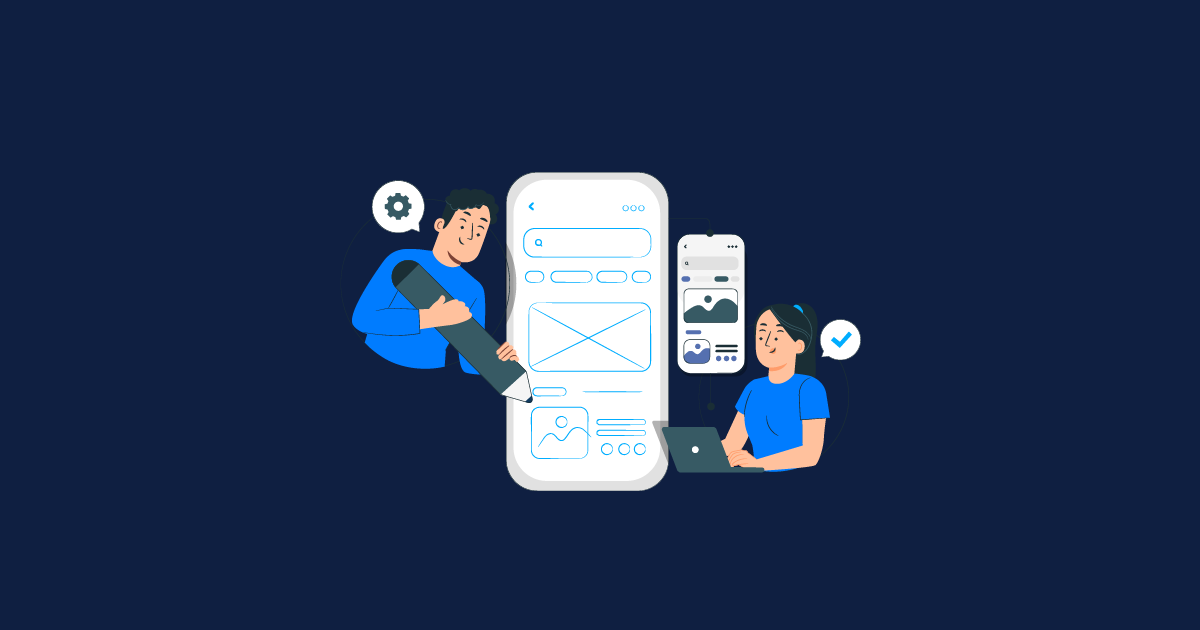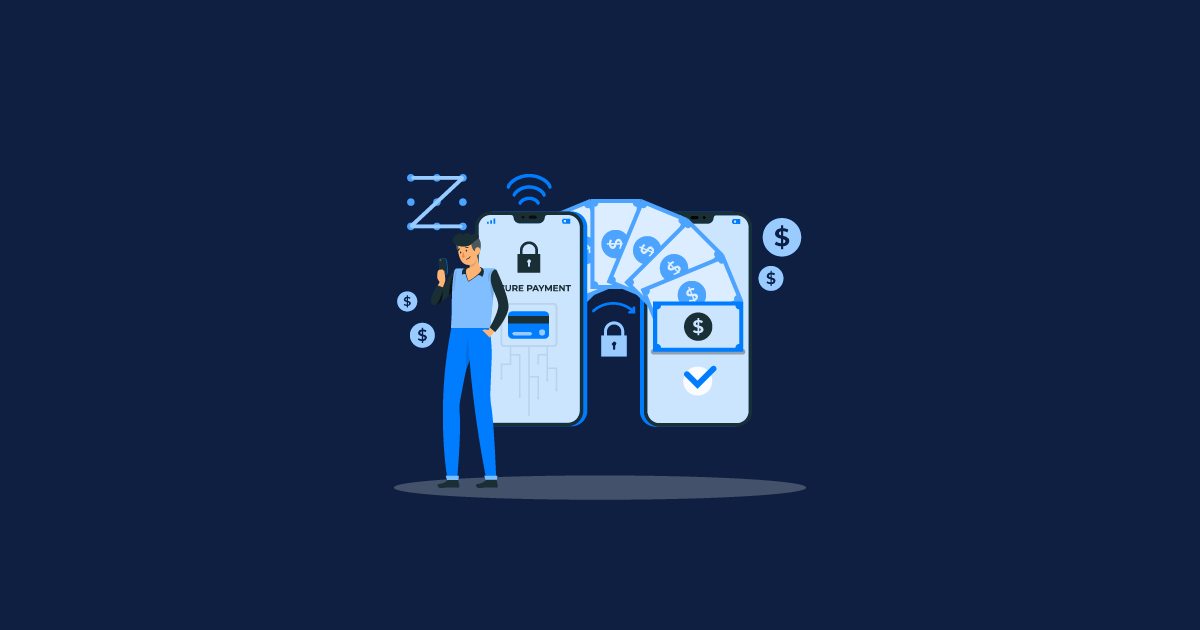In the last few years, the development of web3 apps has grown exponentially. Web3 apps are decentralized applications that run on a blockchain or peer-to-peer network. A user workflow for end-to-end testing is more challenging to establish in web3 applications than it is with typical internet applications.
It is due to the two primary reasons unique to their nature. The first reason is web3 apps running on an ever-evolving backend, described mainly as blockchain-powered, by one or more smart contracts. The second is that users must sign transactions using wallet-like third-party software like Coinbase, MetaMask, Rainbow, and Trust Wallet and transmit them to a provider to interact with any web3 app.
How Testing Web3 Apps is Different
The fundamental difference between web2 apps and web3 apps is decentralization. Because of this, web3 apps are more transparent and lack third-party interference in transactions. Which leads to security and scalability being the highest risk.
From a testing perspective, web3 apps require greater attention and effort toward security testing when compared to web2 apps. We must test Web3 apps for attacks against hard forks, DDoS, DNS hijacks and scraping bots.
Targeted hacker attacks can also pose a severe threat to financial assets, increasing testers’ workload.
Web3 apps also require a more advanced or perhaps knowledge of new programming language, additional frameworks and a better understanding of the logic behind smart contracts. Which can only mean that testing, debugging, and auditing can be more time intensive and require more resources than web2 apps.
End-to-End Web3 App Testing
End-to-end testing helps verify an entire system’s functionality from start to finish. We have to consider all dependencies to perform end-to-end testing, including hardware, software, databases, and networks. End-to-end tests aim to identify system dependencies and ensure proper maintenance of data integrity throughout the system.
To write end-to-end tests for web3 apps, we need to understand how they work and their key components:
Components of Web3 Apps
A web3 app has three key components:
The front end
The front-end component is the user interface that allows users to interact with the app.
We usually write in HTML, CSS and JavaScript.
The back end
The back-end component is the blockchain or peer-to-peer network that the app runs on.
One or more smart contracts implement the back-end, and later deployed as a shared network.
The data layer
The Data layer allows transactions and storage to occur on the blockchain network.
IPFS is a peer-to-peer file system protocol that allows users to store data in a network of machines with the help of private or public gateways to connect to a network.
SWARM is a system supported by smart contracts in the Ethereum blockchain network.
Why is interoperability the key for web3 apps?
For two web3 apps to be interoperable, they must be able to interact with each other. This means that the data and functionality of one app must be accessible to the other.
The Application Programming Interface (API) is the common way to attain this. An API is a set that governs how one software program can interact with another.
There are many reasons why interoperability is vital in web3 apps:
The most obvious reason is that it allows users to access the data and functionality of multiple web3 apps from a single interface. This makes it much easier for users to find the information they need and perform tasks requiring multiple web3 apps.
Another important reason for interoperability is that it allows web3 app developers to focus on their core competencies. By relying on other web3 apps for specific functionality, developers can avoid having to re-implement these features themselves. This saves time and resources and allows them to focus on adding value in other areas.
Finally, interoperability also makes it possible for web3 app developers to create new business models based on combining data and functionality from multiple web3 apps.
Conclusion
In this article, we have looked at what web3 apps are and why interoperability is essential. End-to-end testing is a vital part of the development process for any web application.
Software testing of web3 apps ensures that the exchange and storage of data, including the transactions that occur on the blockchain network are smooth and secure. QA testing can be essential to increase user reliability of the blockchain network and also to enhance user experience with a firm front-end and back-end integration.
By keeping the points discussed in this article in mind, you can ensure that your tests are effective and cover all necessary scenarios.



